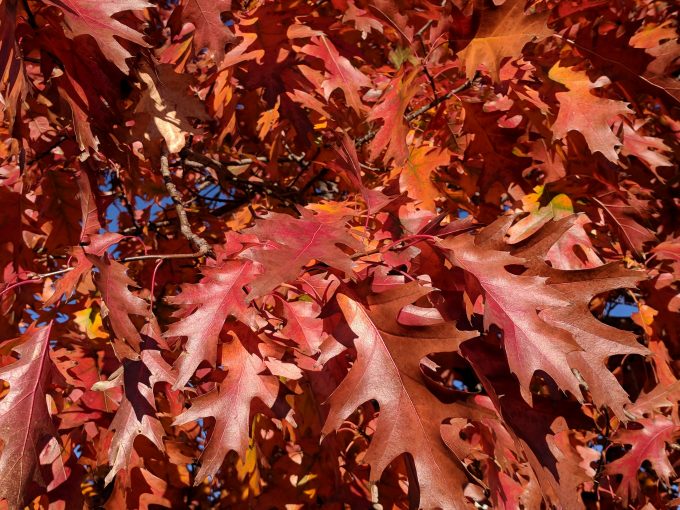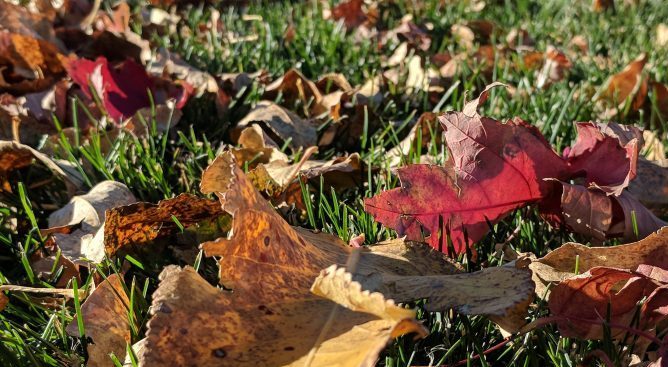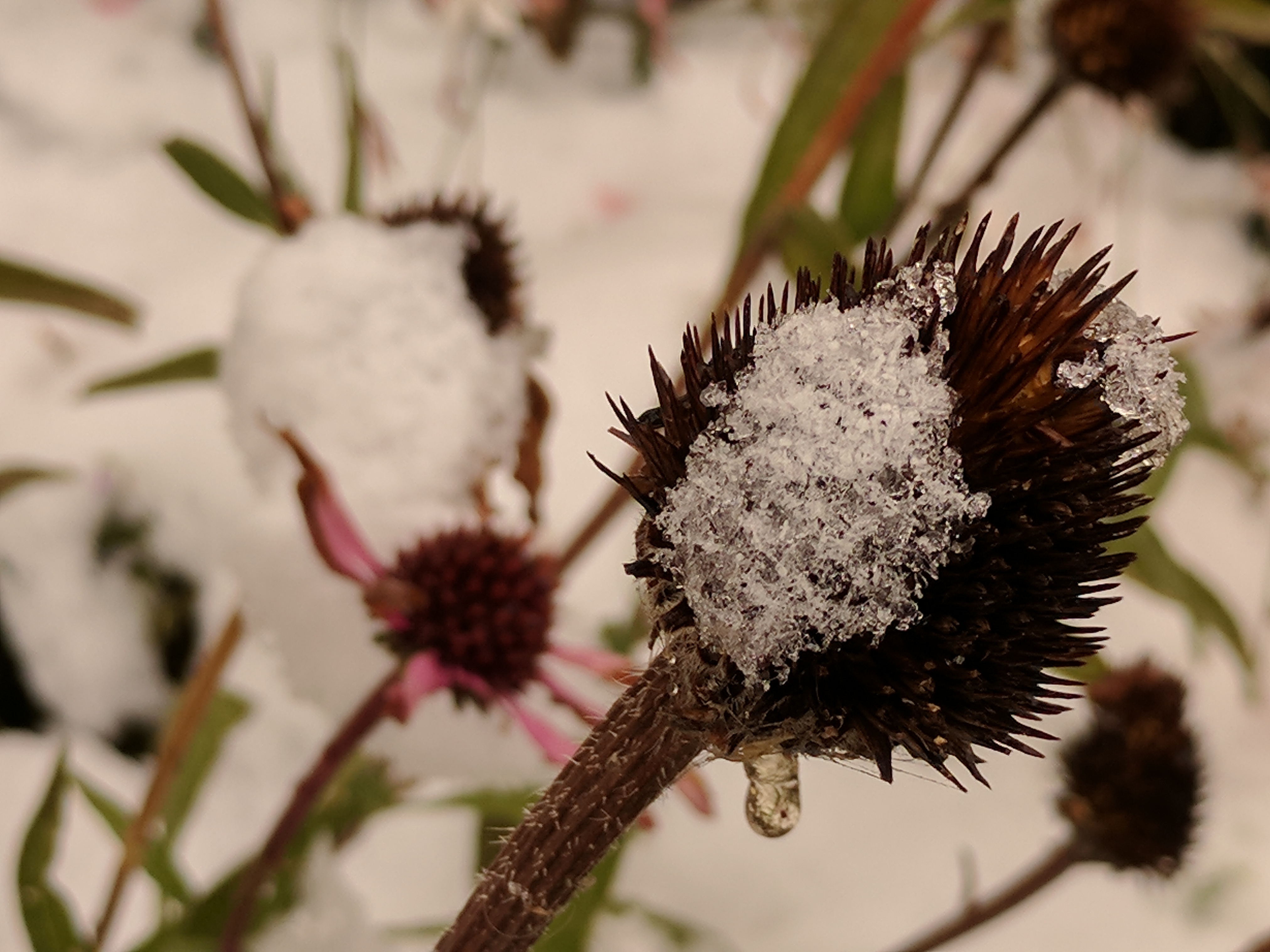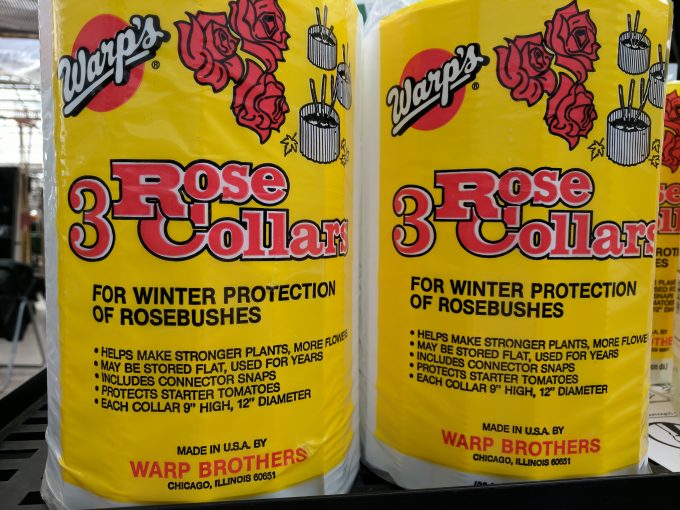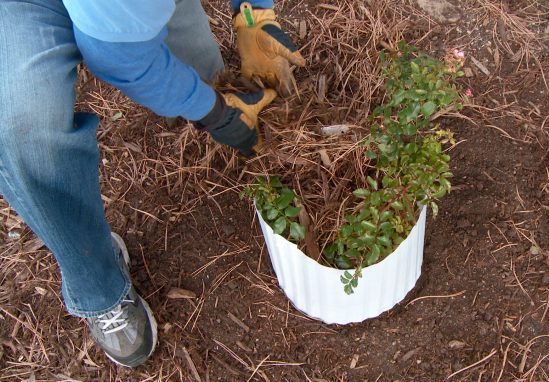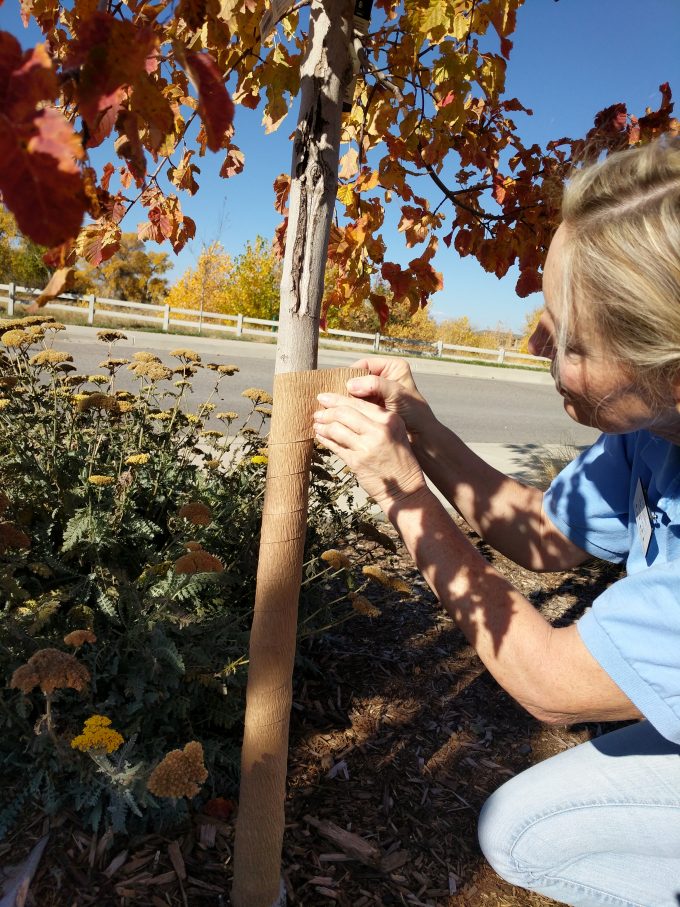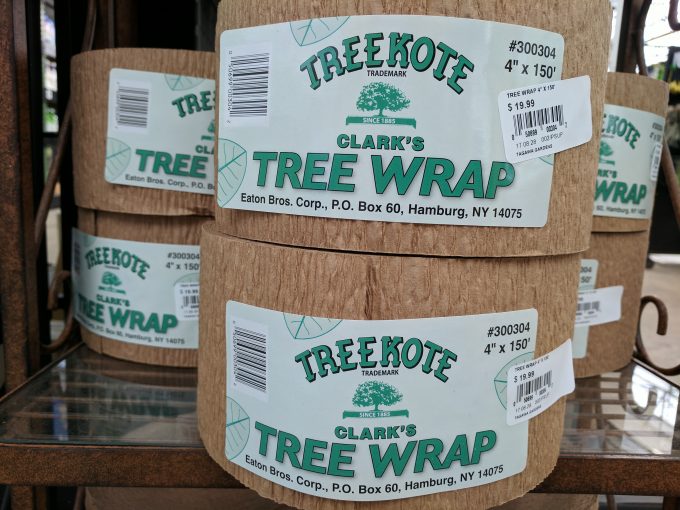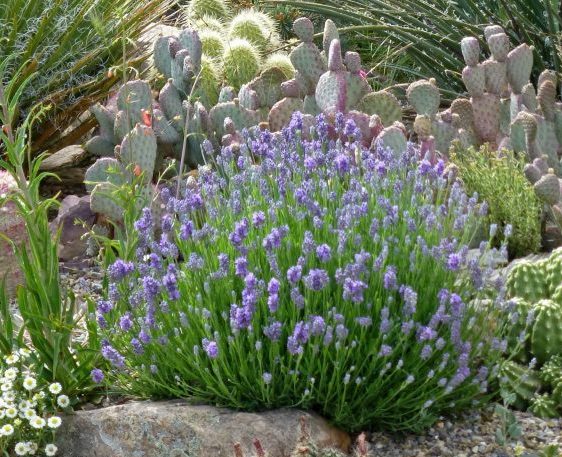What an amazingly colorful fall we’ve been having! Beautiful leaves everywhere… trees and shrubs in bright, bold yellows and rich dark reds. No wonder a lot of people say this is their favorite time of year in Colorado!
But what should we do with all of those leaves once they’ve fallen? Begin by thinking of leaves as a resource. There are plenty of ways to put them to good use so they aren’t just dumped into a garbage bag and sent to the landfill.
Don’t rake ’em up. Mow ’em!
One of the easiest ways to deal with leaves on your lawn is to put them to work feeding the soil. A thick layer of leaves can pack down and smother your grass. That doesn’t mean you have to rake them up.
Before they’re weighed down and soggy with snow, just mow the leaves! Even if it takes a couple of passes with the mower, well-shredded leaves are a great way and an easy way to feed the microorganisms that feed your soil that feeds your grass. It’s a beautiful circle.
Or put the leaves to work in your garden beds…
Now is the purr-fect time to add organic matter to our empty garden beds. Fully-decomposed compost can be added in the spring, but materials that haven’t decomposed, like our autumn leaves, are best added now. That will give them several months to decay so they’re completely broken down and don’t “rob” nutrients from our plants when we start a new garden next spring.
Dig or till two to three inches of leaves into the top layer of soil. But thin twice before you add more! Many years ago, I made the mistake of putting a good six inches of leaves on my veggie garden. The following season, nothing grew! Definitely too much of a good thing!
Once you’ve worked in the leaves, don’t rake the bed too smooth. Leaving the soil somewhat rough will help give the decomposers plenty of oxygen to do their job when the weather is mild. It will also help your beds will dry out and be ready for planting sooner next year.
Fall is not the time for heavy pruning
Tidying up the garden in fall is one thing. Heavy pruning is something else altogether. A common fall maintenance question we hear at Tagawa Gardens is “when should I prune my roses?”
The answer: in the spring. A lot of perennials, including roses, store food energy in their stems. Heavy pruning now can rob them of valuable energy.
Unless a perennial has branches that are diseased or broken, wait until late winter or early spring to do any significant pruning. With roses, wait to prune even longer…. until the likelihood of frost has passed.
Perennials that look unruly can be trimmed back after a few hard freezes, once the cut stems show no signs of green wood. But lots of perennials like echinacea and ornamental grasses have “winter interest.” They look beautiful in the snow. Letting them stand through the winter can keep our landscapes from looking so bleak while we wait for spring to return.
Our garden advisers at Dick’s Corner will be happy to answer specific pruning questions. We encourage you to snap a few pictures of your plants on your smart phone to help illustrate your situation.
Speaking of roses….
Now’s the time to get your rose collars ready. These plastic enclosures will help protect young or grafted roses from damaging cold this winter.
Collars should go on about Thanksgiving. By then, we’ll have had enough cold weather to fully push your roses into dormancy. Fill the collar with a loose mulch of small wood chips or pine needles. Use something that won’t pack down when it gets wet.
The mulch will insulate the roots of the rose and help keep the plant from coming out of dormancy too soon. The collars can be removed in early spring. That’s when the roses can be pruned, cutting away the winter-killed branches, back to green wood.
Some essential T.L.C. for young trees
Have a new tree that you’d hate to lose? One of the easiest fall chores on the to-do list can have an especially big payoff for an expensive asset. Simply take a few minutes to protect your young trees with special tree wrap.
The wrap isn’t there to keep the tree warm. Its job is to shade the bark of young or thin-barked trees. Our mid-winter afternoon sun can be warm enough to bring the tissue just under the bark out of dormancy. When that happens, the sap (usually on the south- and southwest sides of trees) will begin to stir. When the temperatures drop below freezing that night, the cells burst and the bark is permanently damaged. The condition is called “sunscald.”
Start wrapping at the base of the trunk, overlapping just a bit as you go. That will keep moisture from leaking down inside the paper. Keep wrapping until you reach the first branch, then secure the paper with strong tape.
The tree wrap should go on around Thanksgiving. You can remove it at about Easter.
The general rule of thumb is to wrap young trees, especially fruit trees, during their first three winter seasons. If you have any doubts about whether your young trees should be wrapped, bring your questions to Dick’s Corner. It’s an easy and inexpensive bit of fall maintenance that can go a long way toward protecting these valuable additions to our landscape.
